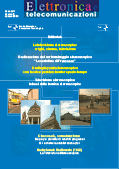 |
Cover |
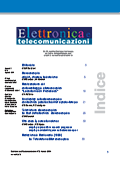 |
Contents |
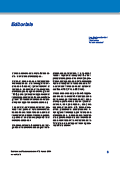 |
G.F. Barbieri
Editorial |
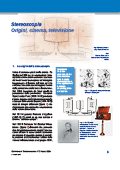 |
M. Barbero, M. Muratori
Stereoscopy: origins, cinema, television
A short hystorical excursus on the evolution of stereoscopic techniques and on their applications in the cinema and tv fields. |
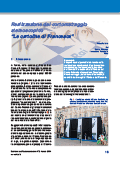 |
A. Falletto
Production of a short stereoscopic video:
"Le cartoline di Francesca"
The experience, from the technical view point, in the experimental production of a short stereoscopic video, due to the collaboration of the Rai Production Centre in Turin and the Rai Centre for Research and Technologica Innovation. The short film, about six minute long, includes images of Turin and Piedmont. |
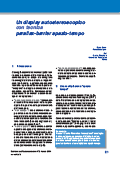 |
B. Sacco, F. Casalegno
An autostereoscopic display adopting
parallax-barrier space-temporal technique
At the Rai centre for Research and Technological Innovation, a prototype of a display has been implemented: a LCD panel over a screen allows the autostereoscopic vision, based on the parallex-barrier technique and the space-temporal multiplexing. |
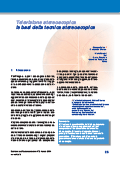 |
G. Colace, M. Muratori
Stereoscopic television
Basis of the stereoscopic technique
The characteristics of the human viewing system more useful to understand the stereoscopic technique are described. The basis of its operations are considered, with the help of a geometric model. Finally, a geometric model of the vision of stereoscopic productions is introduced. |
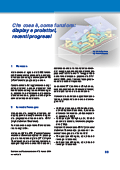 |
M. Barbero, N. Shpuza
Displays and projectos, recent improvements |
 |
M. Barbero, N. Shpuza
Autostereoscopic LCD |
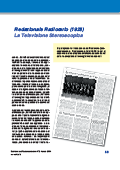 |
Redazionale Radiorario (1928)
Stereoscopic Television
An article of Radiorario (lately Radiocorriere) issued in 1928, where the demonstration by John Baird on 3D image transmission is described.
|